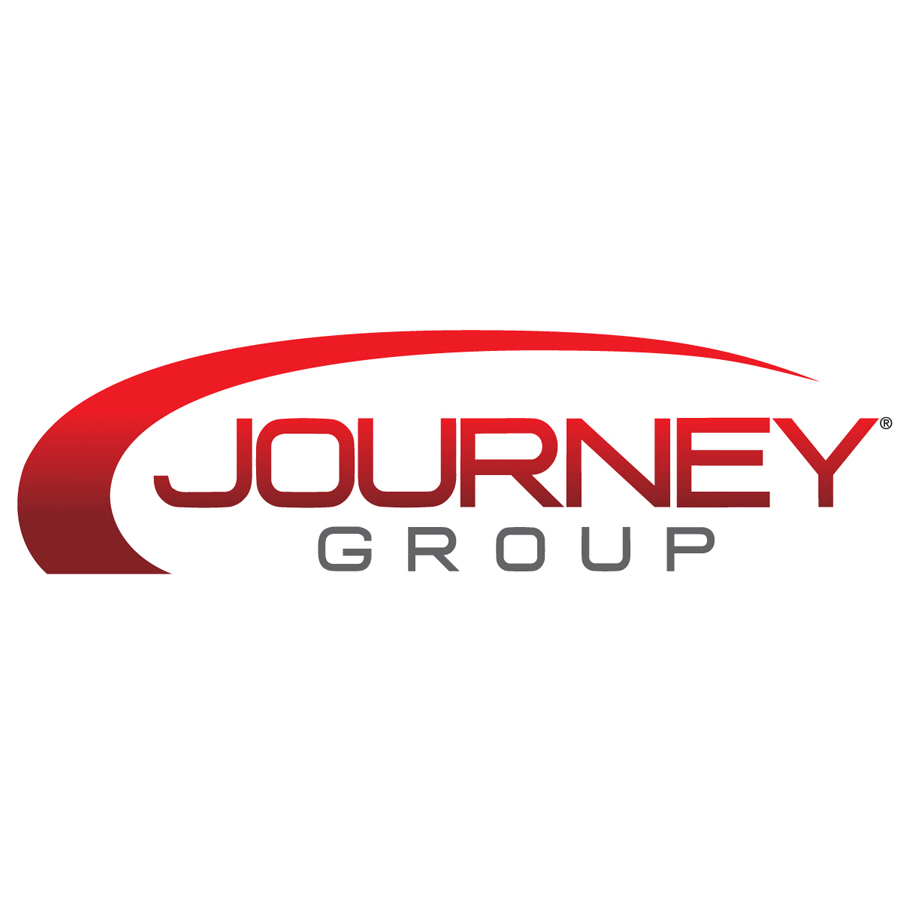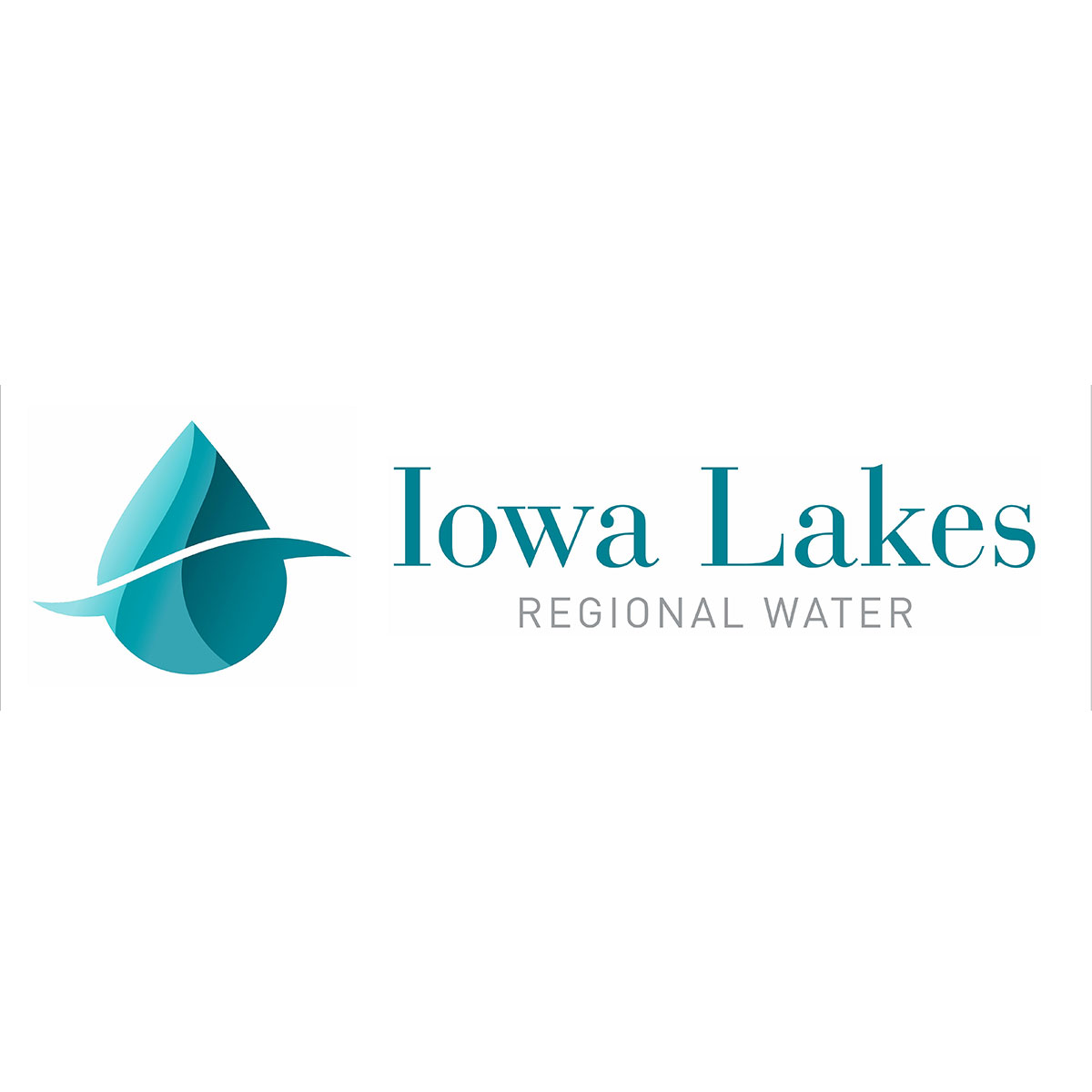Information
-
Document No.
-
Audit Title
-
Client / Site
-
Conducted on
-
Prepared by
-
Location
-
Personnel
Training
-
Training provided to each employee assigned to a job and/or machine
-
Employees receive training in the usage of personal protective equipment provided
-
Employees receive training on the chemicals they work or may be exposed to as part of their job duties
Fall Prevention
-
Floors and walkways clear of debris, automobile fluids, and other trip, slip and fall hazards
-
Tools and parts kept in proper storage areas
-
Hoses and power cords tied, not left scattered across the floor
-
All drains and floor openings adequately covered
-
Employees wearing appropriate footwear
-
Walking surfaces - repair area, offices, parking lots, etc - in good condition, level ground and free of other trip, slip and fall hazards
-
Caution markings and barriers placed around repair pits
Material Handling
-
Hand trucks and other lifting aides available to transport heavy materials
-
Appropriate number of staff used to move heavy or awkward loads
-
Employees utilizing the correct lifting techniques
-
Hoist hooks have safety latches
Hand and Power Tool Safety
-
Tools inspected before use, defective tools repaired or replaced
-
Employees use the correct tool for the job
-
Electrical tools grounded with a third prong or rated "double insulated"
-
Tools kept in good operating condition, clean and grease free
Machine Safety
-
All machinery and mechanical equipment inspected before usage and maintenance logs kept on file
-
Appropriate guarding on all machinery and mechanical equipment
-
Required personal protective equipment worn during machine operations
-
Jewelry and loose clothing not worn while operating machinery
-
A lockout/tagout program in place
-
Lift systems properly maintained
-
Compressors properly muffled and secured
Fire Safety
-
Fire exit doors free of obstructions, exit signs appropriately illuminated
-
Oily rags and other combustible or flammable materials deposited in approved closed metal containers
-
"No Smoking" rules strictly enforced
-
Fire extinguishers fully charged, tagged, and not obstructed by materials
-
Welding and cutting operations not conducted near flammable liquids or combustible fumes
-
Flammable combustible containers kept closed and placed in approved storage cabinets
-
Paint spray booths separated from other work areas, properly ventilated and equipped with explosion proof fixtures
-
Only the quantity of flammable or combustible liquids required for one day or one shift kept near production
Electrical Safety
-
All cords and electrical equipment properly guarded or protected
-
Ground Fault Circuit Interrupters (GFCI) on electrical outlets near water sources
-
Junction boxes, electrical outlets, switches and other electrical components properly covered
-
Doors closed and circuits spaces covered on panel boxes
-
Frayed power cords repaired or replaced promptly
-
Extension cords not used for permanent wiring
Chemical Safety
-
A written HazCom program is in effect
-
Chemical inventory list available
-
SDS sheets available for the hazardous chemicals in the workplace
-
Employees wear the proper personal protective equipment when handling chemicals
-
All chemicals stored in their proper containers and appropriately labeled
-
Employees wash their hands after handling chemicals
Compressed Gas Cylinders
-
Compressed gas cylinders properly stored and secured
-
Gas cylinders stored away from flammable and combustible sources
-
Oxygen cylinders separated from fuel-gas cylinders or combustible materials
-
Valve protection caps placed on cylinders not in use
Parts Department
-
Storage kept at least 18 inches below sprinkler heads
-
Aisles clear and free of merchandise and other obstructions
-
Materials stacked properly, orderly and not over the edges of shelves
-
Proper ladder available to remove materials from shelves
-
Guardrails present when needed for overhead storage and platforms
-
Box cutters used safely
Salesperson Safety
-
Salespersons wear seat belts when operating vehicles
-
Employees operate vehicles in a safe manner
First Aid
-
Eyewash stations properly maintained and kept free of obstructions
-
Emergency numbers posted throughout workplace
-
First Aid kit adequately supplied
Ventilation
-
Ventilation system properly installed and operation
-
Exhaust vented outside the premises
Special
-
Imminent Danger defined: Any conditions or practices in any place of employment which are such that a danger exists which could reasonably be expected to cause death or serious physical harm immediately or before the imminence of such danger can be eliminated through the enforcement procedures.
-
Hazards not under your control are presenting imminent danger to employees.
-
Employees are exposed to imminent danger.
-
Was the hazardous condition / behavior corrected immediately?
Other Comments/General Observations
-
Hazardous Condition or Behavior
-
Hazardous Condition or Behavior
-
Hazardous Condition or Behavior
-
Hazardous Condition or Behavior
-
Hazardous Condition or Behavior
Signature
-
Location Representative:
-
Inspector:










